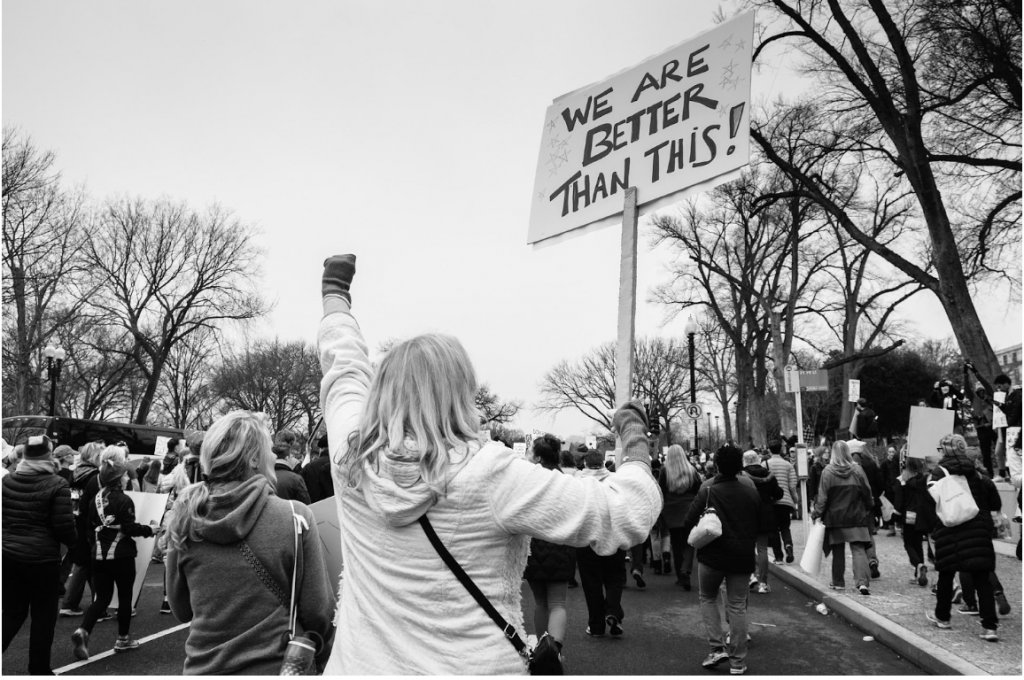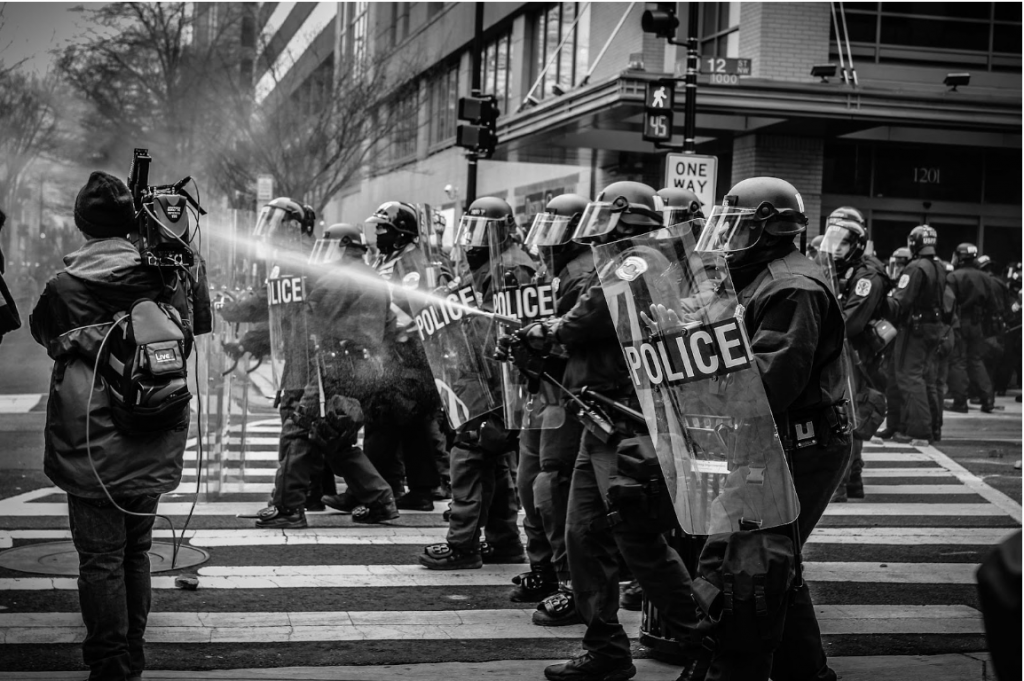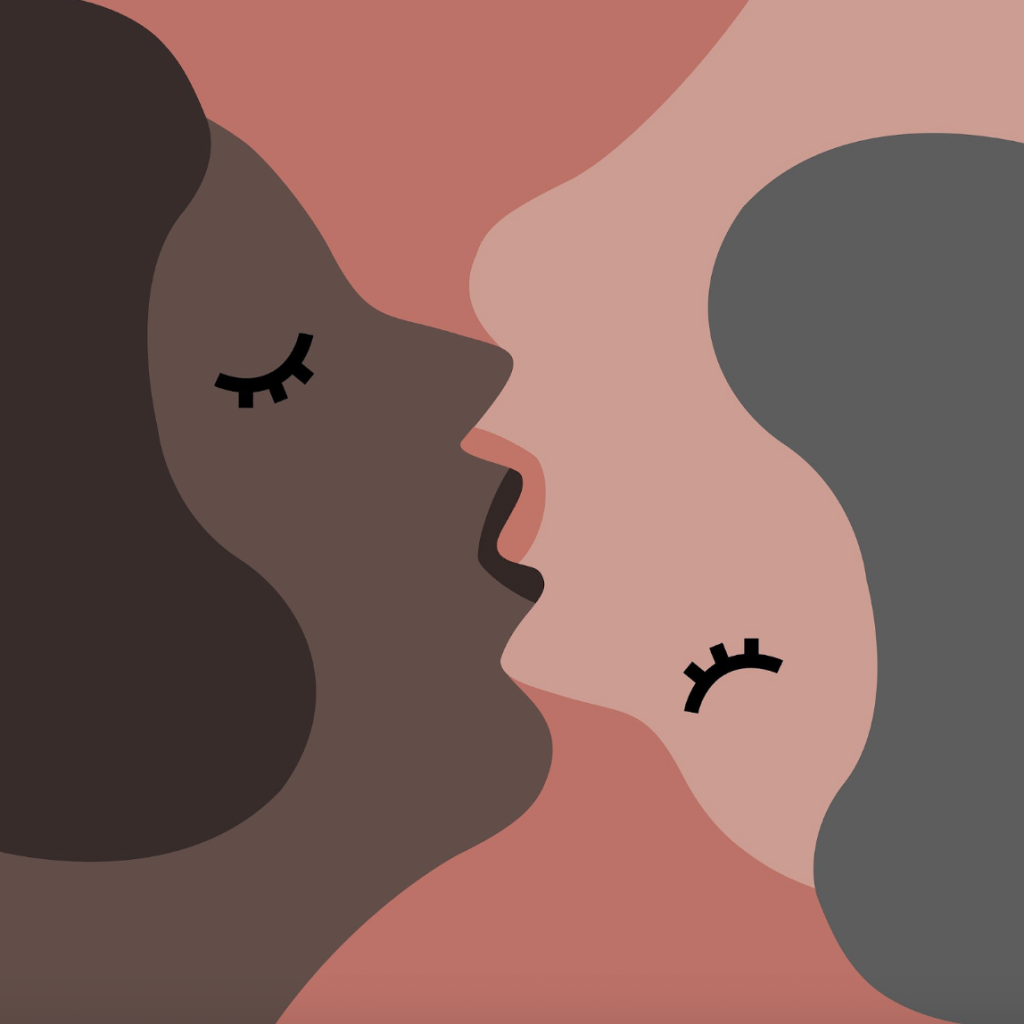The Poor People’s Campaign in 1968 marked a notable moment in the history of the United States, drawing the general public’s attention and the country’s leadership to the state of existing poverty. This was a time of sensitization for the poor community in the U.S. and a rare opportunity to voice a unanimous opinion on the unfair state of the economy. The Campaign helped to set the stage for social justice movements in the future period. In addition to dancing, the voice of the poor people in America was heard, and the stench of poverty was visible to all.
Even in our world today, it is an exciting fact that in more than 40 states, the groundwork for massive poor people’s campaigns is emerging. This story brings you to the experience of the pioneering of the Resurrection City and all the underlying events that took place in the 1968 Poor People’s Campaign.
Poor People’s Campaign
The poor people’s Campaign, also known as a poor people’s March, was a political movement birthed in a demonstration that was held in Washington, D.C., in 1968, where participants placed a demand on the government to formulate a plan that would help to redress housing and employment problems of poor people throughout the United States.
Martin Luther King and SCLC are pleased about the prospects of the Movement following several victories of the civil rights legislation demonstrated in previous years, including the 1964 civil rights act. The major highlight of this Campaign was to combat unfair economic treatment in a society where people experiencing poverty continue to face a massive incline in the cost of living.
This is a story of an era where unity was exploited at its very best to move the hands of the government in attending to pressing issues that pertain to people experiencing poverty in the United States of America.
Resurrection City 1968
A twins game in the history of the poor people’s Campaign when protesters all moved into the 16-acre campground, which was dedicated then as the Resurrection City by the Reverend Abernathy. This came after Reverend Abernathy sought permission to use the Land from Linda Aranayko, who happened to be a member of the creek nation. Reverend eternity at this time drove the first stake into the ground of the Resurrection City as a unique symbol.
Immediately construction workers got to work by building an eight by 20 ft plywood dwelling place for the poor people campaign. They also set up basic needs like electricity, water, and sanitation facilities. Reverend Anthony vowed that those who participated in the Poor People’s Campaign would remain until the United States Congress decided that they would do something about the condition of the poor by alleviating unemployment and poverty as well as underemployment in the United States of America. This was an ambitious vision for all participants.
Resurrection City, What happened?
Donations of food, money, clothing, blankets, and several other necessities were made from different places across the country to support this effort. People arrived at Resurrection City to volunteer their expertise and time. Dentists, doctors, and other professionals are ready to offer free services to residents of The Resurrection City. It was an experience filled with so much enthusiasm and passion.
Locals from Washington, including members of Congress and high school kids, came by to check the Resurrection City to find out if the place could help. Directions City had residents who regularly left the encampment and went out to different government agencies within and around Washington D.C. to lobby and demonstrate an appeal for a change in policy to address the needs of people experiencing poverty.
As residents of Resurrection City fought side-by-side for better employment, food wages, education, and housing, they realized that they had a similar struggle with poverty amidst their circumstances.
The Poor People’s March
Martin Luther King announced the Poor People’s Campaign at a staff retreat organized for the Southern Christian Leadership Conference (SCLC) in November 1967. This Campaign sought a peaceful middle ground between riots and Force application for Justice area. Martin Luther King made plans for an initial group of not more than 2,000 people to march down to Washington D.C., northern cities, and southern states to meet with government officials in a peaceful demand for employment, jobs, fair minimum wage, education, and insurance for poor children and adults in designing the self-esteem and self-image.
The March was suggested to King by Marion Wright, the director of the National Association for the Advancement of Colored People’s Legal Defence and Educational Fund. Martin Luther King passed the poor people’s March as the next phase in the struggle for true equality.
People’s Movement
The People’s Movement was a system organized to accommodate the evolution of the civil rights period into an era of human rights crusades. Asides from changing the meaning of protest marches, the nature of social movements, and community mobilization, the poor people’s Movement influenced the state policy on local and federal levels.
Although the right to exercise franchise was essential, Martin Luther King and others believed that African Americans, as well as other communities considered minorities, would never be entitled to full citizenship.
Through peaceful and direct action, the SCLC and King focused the nation’s attention on poverty and economic inequality. “This is a highly significant event,” Martin Luther King sat with delegates at a meeting when describing the Movement as the start of a new understanding of corporations and the commitment of the pool from different backgrounds and colors to win their right to live a decent life.
Poverty Protest
The People’s Poverty Protest ushered in new strategies that will elicit social change. The protest also helps with a transformation in the national discussion about economic opportunities, class, security, democracy, and race. 1968 represented a year of transformation in the history of the United States of America.
Many leaders of Mexican-American, American Indian, Puerto Rican, and poor communities pledged to support the Poor People’s Movement. In addition to the diversity of races and religions represented by the People’s Movement, the Campaign got a lot of support from different religious denominations.
The Council of Churches of the Greater Washington Area, the Catholic Archdiocese, together with the Jewish Community Council both put out their hands to offer vital resources, with over 600 congregations between them. That establishment was supported by rallying volunteers who would contribute their quota to the Movement.
Final remarks
Protests and campaigns are social features of every progressive society. They helped create awareness and enforce fundamental societal changes, such as the Poor People’s Campaign in 1968. It’s been many years since Martin Luther and other 2000 people marched on the street (People’s Campaign 1968), but the impact still lives on. Today, Low- and middle-income earners can now join political parties, vying for political office. There’s a sound social justice system that addresses the concerns of the rich and poor without discrimination and more.
While many rejoice about these benefits and systemic changes, historians and critical thinkers are beginning to reevaluate the productive effect of the movement. According to the Stanford Center for Poverty & Inequality, wage Inequality in the last 30 years has increased by 17%. Health Care provision is still a significant issue; in 2007, more than 8 million children under 18 years old were without health insurance or welfare stamps. More findings revealed that 78% of these children are Blacks and Hispanics. These stats raise questions among historians and scholars, was the Poor People’s Movement in 1968 effective? Did it bring the desired results? Or are the efforts all futile?





